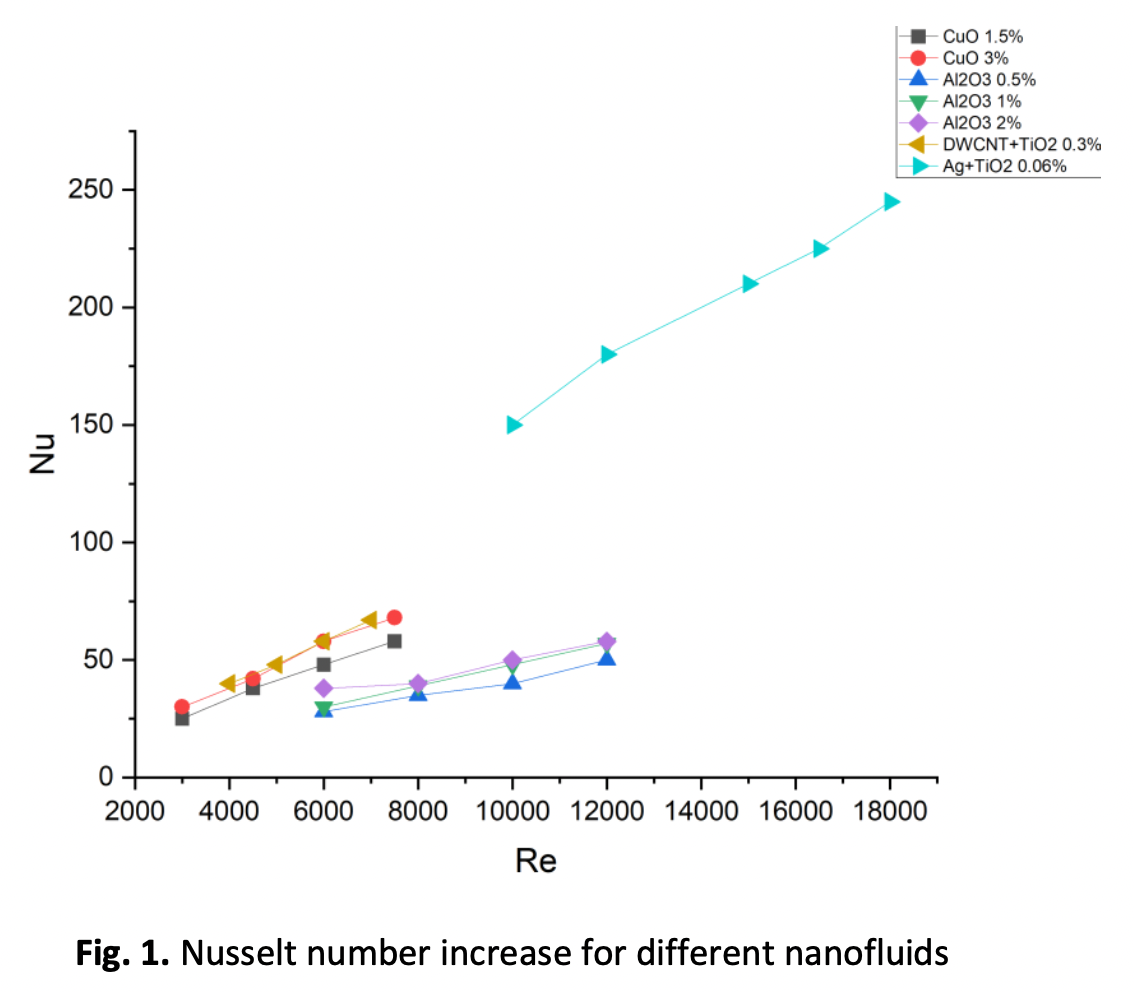Numerical and Experimental Studies of the Nanofluid Characteristics that Effects on Heat Transfer Enhancement: Review and Comparison
DOI:
https://doi.org/10.37934/arfmts.107.2.126Keywords:
Nanofluid, heat transfer enhancement, hybrid nanofluid, nanotechnology applications, nanofluid characteristicsAbstract
This review describes and compare the recent studies for numerical and experimental researches in the improvement of Nanofluid on flow, thermal conductivity, and heat transfer for various heat exchanger applications. The Nanofluid consists of two parts which are nanoparticles and base fluid. This study investigated nanoparticles' and base fluid's effects separately—the main preparation techniques and latest heat exchanger applications that used nanofluid technology, which has been touched upon. Nanofluid technology is one of the hot topics and high Impact that researchers have worked on in the latest decades. Therefore, this review paper investigated and collected the data from the latest results in this area based on nanofluid characteristics and effects of particle material, volume concentration, particle size, particle shape, fluid temperature, acidity, magnetic field, and electrical pulsing individually. Many recent studies were recast using a common parameter to settle comparisons of data between the research group in the same study and conditions to identify its thermal enhancement. The latest trends of nanofluid technology have been stated in this research alongside the recommendations for future studies that present the leaks in each area of study. Heat transfer enhancement has been increased in different nanofluids, metallic, non-metallic, organic, inorganic and hybrid, by up to 300%.
Downloads

































